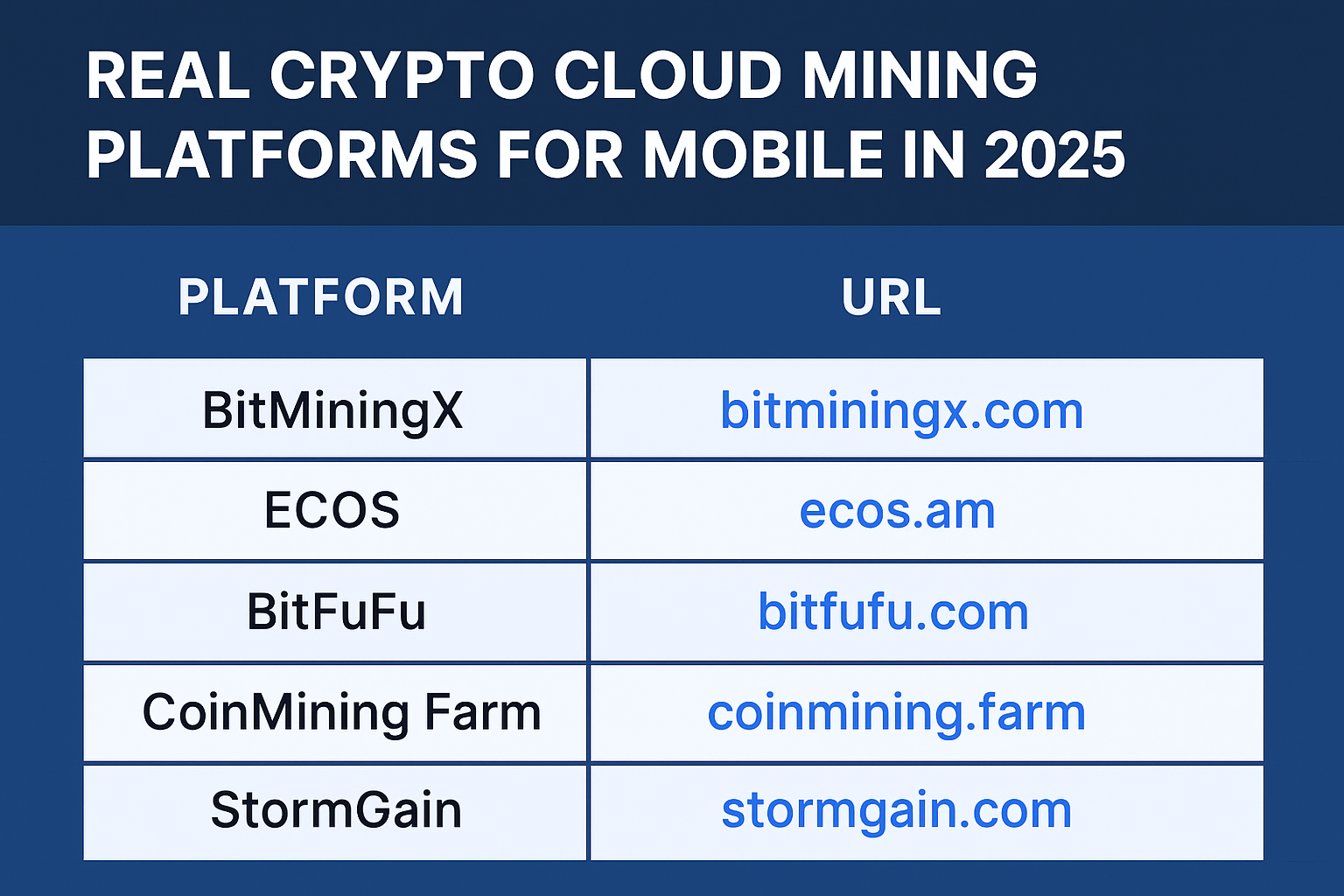Crypto arbitrage presents a strategic avenue for traders aiming to capitalize on price discrepancies between different exchanges. This practice involves various methods, such as spatial, triangular, and statistical arbitrage. Effective execution relies on an understanding of market dynamics, the use of automated trading bots, and analytical tools. However, participants must be aware of risks including market volatility, transaction fees, and liquidity challenges. This comprehensive crypto arbitrage guide helps traders navigate the evolving landscape, uncovering new opportunities that require adaptive strategies and robust resources for success. Further insights await.
Key Takeaways
- Understand different arbitrage strategies, including spatial, triangular, and statistical arbitrage, to effectively exploit market inefficiencies in 2025.
- Utilize advanced arbitrage bots and market analysis tools to monitor real-time price discrepancies across exchanges, enhancing profit potential.
- Be aware of transaction fees and market volatility, as these can significantly impact profit margins and trade execution.
- Engage with the crypto community to share insights, strategies, and stay updated on evolving trends and technologies in arbitrage trading.
- Continuously adapt your strategies to leverage changing market dynamics, ensuring you capitalize on new opportunities as they arise.
Understanding Crypto Arbitrage: The Basics
Understanding Crypto Arbitrage: The Basics involves grasping the fundamental concept of exploiting price discrepancies across different cryptocurrency exchanges. Crypto arbitrage takes advantage of the fact that cryptocurrencies can be priced differently in various markets, allowing traders to buy low on one exchange and sell high on another. This practice is fueled by the decentralized nature of cryptocurrencies, which can lead to temporary inefficiencies in pricing. Successful arbitrage requires a keen understanding of market dynamics, transaction fees, and the speed of execution, as opportunities can vanish within seconds. For those seeking to belong to a community of informed traders, mastering these basics is essential, providing a foundation for traversing the complexities of the crypto landscape while revealing potential profits.
Types of Crypto Arbitrage Strategies
Various strategies exist within the domain of crypto arbitrage, each designed to capitalize on price discrepancies across different exchanges. One prevalent method is spatial arbitrage, where traders buy a cryptocurrency at a lower price on one exchange and sell it at a higher price on another. Another approach is triangular arbitrage, which involves exploiting price differences between three different cryptocurrencies, effectively cycling through them to achieve a profit. Additionally, statistical arbitrage relies on mathematical models to identify pricing inefficiencies. Each strategy requires a deep understanding of market dynamics and timely execution. By employing these strategies, traders can effectively navigate the complexities of the crypto market, enhancing their opportunities for profit within the framework of the Crypto Arbitrage Guide.
Analyzing Market Inefficiencies for Profit
Market inefficiencies present lucrative opportunities for traders aiming to enhance their profitability in the crypto space. These inefficiencies often arise due to price discrepancies between different exchanges or the lag in market reaction to news events. By closely monitoring market trends and identifying these discrepancies, traders can execute timely transactions to capitalize on price variances. Additionally, behavioral finance factors, such as overreactions to market news, can create temporary imbalances that astute traders can exploit. Understanding transaction fees and market liquidity is critical, as these elements can greatly impact the net profit from arbitrage opportunities. Overall, a keen analytical approach to recognizing and acting upon these inefficiencies can lead to substantial gains in the rapidly evolving cryptocurrency market, as outlined in the Crypto Arbitrage Guide.
Tools and Platforms for Successful Arbitrage
Successful crypto arbitrage relies heavily on the right tools and platforms to identify and execute profitable trades. These resources streamline the arbitrage process, enabling traders to capitalize on price discrepancies across exchanges effectively. A well-structured approach involves utilizing:
- Arbitrage Bots: Automated systems that monitor multiple exchanges for price variations in real-time.
- Market Analysis Tools: Platforms providing analytics and insights, helping traders spot inefficiencies quickly.
- Trading APIs: Interfaces that allow for seamless integration and execution of trades across different cryptocurrency exchanges.
Risks and Challenges in Crypto Arbitrage
Often overlooked, the risks and challenges inherent in crypto arbitrage can greatly impact a trader’s profitability and strategy. Market volatility remains a significant concern, as rapid price fluctuations can erode potential profits within milliseconds. Additionally, liquidity issues may arise, particularly on less popular exchanges, leading to difficulties in executing trades at desired prices. Transaction fees, which vary across platforms, can also diminish margins and must be meticulously calculated. Moreover, regulatory uncertainties pose a threat, as changes in laws can affect trading operations unexpectedly. Finally, technical glitches, including system outages and transaction delays, can hinder execution, complicating the arbitrage process. A thorough understanding of these risks is essential for any trader steering through the complexities of the crypto arbitrage landscape.
Step-by-Step Guide to Executing an Arbitrage Trade
Executing an arbitrage trade requires a systematic approach to capitalize on price discrepancies between different cryptocurrency exchanges. This process involves several critical steps to guarantee profitability and minimize risk.
- Identify price differences: Monitor real-time data across multiple exchanges to spot opportunities.
- Transfer funds swiftly: Ascertain that your accounts on different platforms are funded to facilitate quick transactions.
- Execute trades efficiently: Buy low on one exchange and sell high on another before the price converges.
Following this methodical path empowers traders to leverage market inefficiencies effectively. The Crypto Arbitrage Guide serves as a foundational resource, bringing together insights and strategies that foster a sense of community among traders seeking to maximize their gains in the dynamic crypto landscape.
Future Trends in Crypto Arbitrage and Market Predictions
The landscape of crypto arbitrage is poised for significant transformation due to emerging technologies, anticipated regulatory changes, and evolving market volatility. Innovations such as blockchain interoperability and advanced trading algorithms are expected to enhance efficiency and accessibility in arbitrage opportunities. Additionally, regulatory developments may reshape the frameworks within which traders operate, influencing market dynamics and risk assessment strategies in the near future.
Emerging Technologies Impacting Arbitrage
As the cryptocurrency landscape evolves, emerging technologies are set to greatly reshape the dynamics of crypto arbitrage. Innovations such as artificial intelligence, blockchain enhancements, and advanced trading algorithms promise to enhance efficiency and profitability in this sector.
- Artificial Intelligence: Streamlining data analysis and predicting market trends with unmatched accuracy.
- Decentralized Finance (DeFi): Offering new platforms for seamless asset swapping and reducing transaction costs.
- High-Frequency Trading (HFT): Utilizing algorithms to execute trades at lightning speed, capitalizing on fleeting price discrepancies.
These technologies not only foster a more competitive environment but also empower traders to make informed decisions. As they integrate into traditional trading strategies, the future landscape of crypto arbitrage stands poised for unprecedented growth and opportunity.
Regulatory Changes Ahead
While many traders anticipate shifts in market dynamics, upcoming regulatory changes are poised to greatly influence the landscape of crypto arbitrage. As governments worldwide intensify their scrutiny of cryptocurrencies, new compliance measures may emerge, impacting trading strategies. These regulations could include enhanced reporting requirements and restrictions on cross-border transactions, potentially narrowing the profit margins in arbitrage opportunities. Additionally, the introduction of standardized frameworks may lead to increased market stability, which, while beneficial in some respects, might reduce the volatility that arbitrageurs thrive on. Traders must remain vigilant and adaptable, leveraging the insights from the “Crypto Arbitrage Guide 2025” to navigate this evolving regulatory environment. Understanding these changes is essential for those seeking to maintain competitive advantages in the crypto space.
Market Volatility Predictions
How will increasing market volatility shape the future of crypto arbitrage? As digital assets experience heightened fluctuations, opportunities for arbitrage will expand and evolve. Traders will need to adapt strategies, leveraging real-time data and advanced algorithms to capitalize on price discrepancies across exchanges.
– Rapid price swings create fleeting windows for profit.
– Enhanced analytical tools will become essential for informed decision-making.
– Increased competition may drive innovation in arbitrage strategies.
This shifting landscape necessitates a keen understanding of market dynamics, making the crypto arbitrage guide an invaluable resource. As volatility reshapes the market, those who remain agile and informed will cultivate a sense of belonging in this fast-paced community, turning challenges into lucrative opportunities.
Frequently Asked Questions
How Much Capital Do I Need to Start Crypto Arbitrage?
Determining the necessary capital for crypto arbitrage depends on various factors, including market conditions, trading fees, and exchange liquidity. Typically, a minimum investment of $1,000 is advisable to effectively capitalize on arbitrage opportunities.
Can I Automate My Crypto Arbitrage Trades?
Automating crypto arbitrage trades is indeed feasible. Many traders utilize specialized software to streamline the process, allowing for quicker execution and enhanced efficiency, thereby maximizing potential profits while minimizing manual intervention and emotional decision-making.
What Are the Tax Implications of Crypto Arbitrage?
The tax implications of crypto arbitrage vary by jurisdiction, often classified as capital gains. Traders should maintain meticulous records and consult tax professionals to guarantee compliance, as regulations can be intricate and subject to change.
How Do I Choose the Right Exchanges for Arbitrage?
Choosing the right exchanges for arbitrage involves analyzing fees, liquidity, and transaction speeds. A thorough comparison guarantees ideal profit margins, fostering a sense of belonging among traders who seek effective strategies in a competitive landscape.
Is Crypto Arbitrage Legal in All Countries?
Crypto arbitrage legality varies by country, reflecting differing regulatory stances on cryptocurrencies. In some jurisdictions, it is permitted, while others impose restrictions or bans, necessitating thorough research to ascertain compliance with local laws before engaging.
Conclusion
In summary, the “Ultimate Crypto Arbitrage Guide 2025” provides critical insights into leveraging market inefficiencies for profit maximization. By understanding the foundational concepts, exploring various strategies, and utilizing appropriate tools, both novice and experienced traders can enhance their investment approaches. However, awareness of the inherent risks and challenges is essential for sustainable success in this dynamic landscape. As the cryptocurrency market evolves, adapting to emerging trends will be vital for maintaining a competitive edge in arbitrage trading.




